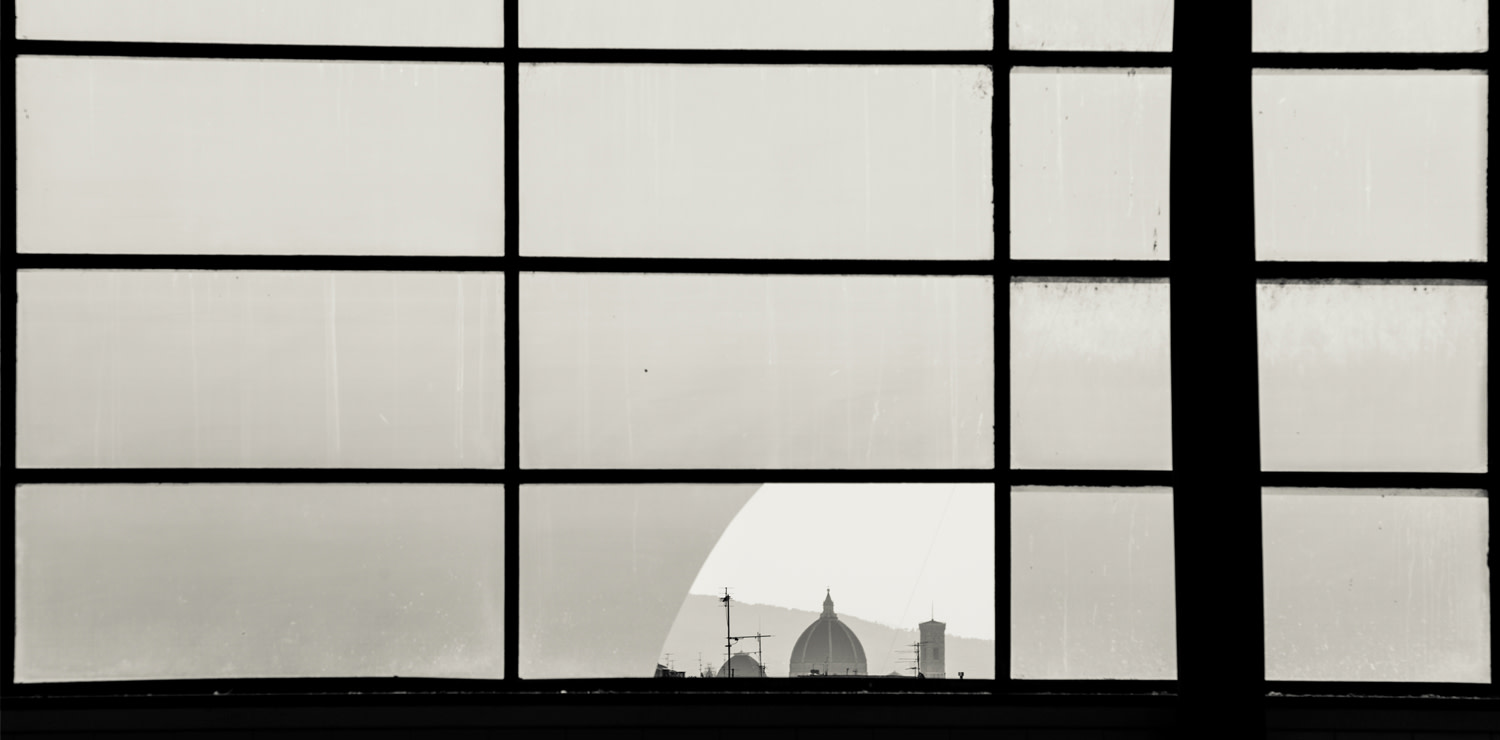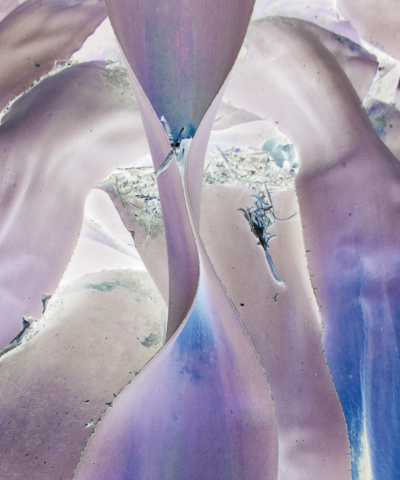Contemporary scenes
The alternative guide to Florence beyond the Renaissance
This is the perfect season to enjoy Florence, to visit the city, walk through its streets, fall in love with it, listen to music, go shopping, drink, explore its art galleries, beautiful palazzos and trattorias. We offer a glimpse of the city’s more contemporary scene in the opinion of three young Florentines: Monica Sarti, the third-generation member of a well-known family of textile manufacturers, who relaunched the family company Faliero Sarti about twenty years ago by producing scarves, now also chic face masks, sold in Florence on Via della Spada and all over the world; Duccio Maria Gambi, a designer known for his one-of-a-kind concrete creations and who recently moved his studio to Manifattura Tabacchi; and Daniele Cavalli (the youngest son of fashion designer Roberto Cavalli), a thirty-year-old man passionate about art, food, music and photography, who started the Atelier de’ Nerli restaurant, art gallery and atelier in the heart of the Oltrarno neighborhood.
All three of them agree that one of the city’s most interesting places right now is Manifattura Tabacchi, an former cigarette factory just outside of downtown Florence, converted into a space where art, music and craftsmanship blend to create a hub open to the public and which “ is making a name for itself- Duccio Maria Gambi explains- as a place of production, social gathering and variegated practices”. The Manifattura building now houses also the Polimoda School’s third branch – Monica Sarti adds- so you can find young designers’ creations and breathe energy in constant motion there”. Here is where you can also find Super Duper and Mani del Sud for fashion and style, Mono and Canificio with a high-end selection of historic design and collector’s pieces. “Well worth keeping an eye on- Duccio continues- is Numero 20, a Renaissance building on Via de’ Pandolfini, which is an artist and designer residency and hosts collections and unique events. It’s a place that generates synergies and international connections thanks to the vibrant energy of its founder, Martino di Napoli Rampolla. And let’s not forget Villa Romana, in the countryside along Via Senese, an artistic production center run by Angelika Stepken”.
“I greatly admire the work done by Arturo Galansino at the Palazzo Strozzi Foundation - Daniele says - he takes risks and makes bold choices”. The Twentieth-Century Museum offers a range of artistic work including very interesting contemporary exhibitions. “Among the private art galleries - Duccio says - I recommend Simone Begani’s gallery on Via dei Serragli and Cartavetra on Via Maggio, which specializes in illustrations and graphic arts”. Monica suggests to head to Via de’ Tornabuoni, with Palazzo Strozzi looming over it, “where two very special places can be found: Palazzo Bartolini Salimbeni, which houses the private collection of Roberto Casamonti open to the public and the Tornabuoni Arte gallery”.
“And the Odeon Movie Theater - Duccio says - with its beautiful film festivals, and Cantieri Goldonetta, a temple of contemporary dance, started in the Oltrarno district in 2002 by Virgilio Sieni, one of Italy’s greatest choreographers. Just outside of the city’s historic center, the area of Florence which I believe embodies the current spirit and will become very interesting in the next few years is the suburban Isolotto neighborhood, shaped by the urban planning of the fifties with a great potential for development. As a matter of fact, for some time now, Virgilio Sieni has been promoting artistic events which explore the relationship between art, places and people in that area”.
In Monica’s opinion, enjoying Florence means mostly spending some time on Florence’s Rive Gauche: “I adore the Santo Spirito neighborhood, it’s so full of art and artisans, imbued with an atmosphere of the past. In the morning, you can go to the street market, where I usually find plates, glasses and wonderful bedlinen. I love the impeccable taste of Flair, a furniture and decor shop on the Lungarno, and Momo Vintage’s selection of clothing and accessories, on Via dei Serragli. As for furniture, I recommend Spazio Monica Lupi on Via Luna, in the Santa Croce neighborhood (another of my favorites), an eclectic, very feminine studio-home-kitchen, as tasteful as its owner”.
Daniele Cavalli is an Oltrarno fan too: “Walking from Via Santo Spirito to Borgo San Frediano, you’ll see some unique artisans places such as Castorina, L’Ippogrifo, Studio Puck, Paralume, Galleria Romanelli, Antico Setificio Fiorentino, Casa Wolf, Moleria Locchi. Places of pure magic, each different from the next”. Daniele Cavalli has recently founded a recording and production studio (Heavy Soul Darling) in the hills of Florence, so the conversation easily flows into music: “Among the city’s live music venues, I recommend NOF on Borgo San Frediano, which has always been very attentive to musical research. But in the near future Leandro Bisenzi, the former owner of the famous Tenax and Circo Nero clubs, will be giving Florence a new, fascinating club as the name itself suggests, OSA”. On the subject of live music venues, Monica Sarti takes us back to the Oltrarno neighborhood, to Volume in Piazza Santo Spirito, and mentions the pleasant atmospheres of aperitifs and dinners at Serre Torrigiani, inside one of the most beautiful gardens in Florence, which was started this summer and will be open until October 31. And last but not least, their favorite restaurants… Duccio takes us to: “Cibreino in the Sant’Amborgio neighborhood, Santarosa Bistrot in San Frediano, Bulli e Balene at the Manifattura, Libreria Brac, Cantinetta Antinori, aperitivo with view of the Oltrarno’s rooftops at Palazzo Guadagni, and the original offerings of Cucina Privata, where you can book the only dining room for up to 14 guests, extending into the open kitchen where various chefs take turns according to the evening’s theme”. Monica recommends: “Il Santo Bevitore (with a stop at Santino for aperitivo) in the Santo Spirito neighborhood, Dragonfly Bar in Piazza Salvemini, Atelier de’ Nerli in the small square by the same name, Trattoria Gargani on Via del Moro - book a table in the open courtyard weather permitting -, and Le tre panche on the Hotel Hermitage’s terrace on Vicolo Marzio.










